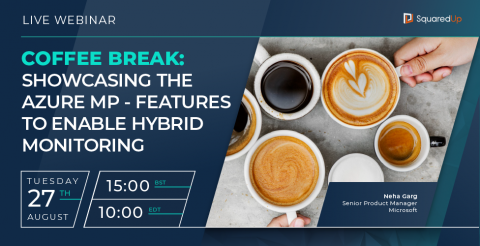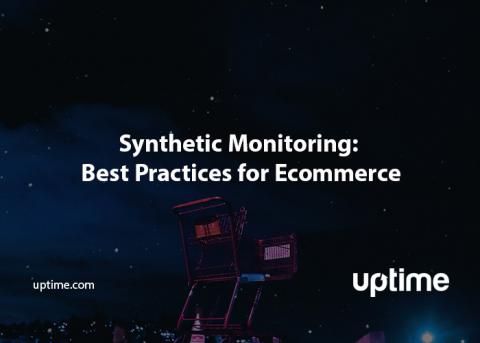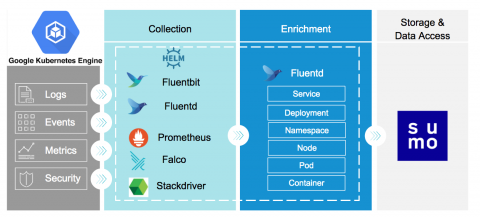Operations | Monitoring | ITSM | DevOps | Cloud
Monitoring
The latest News and Information on Monitoring for Websites, Applications, APIs, Infrastructure, and other technologies.
Monitor your Lambda functions with Datadog's Serverless Framework plugin
Since it was released in 2015, the Serverless Framework has become the community-favorite way to manage and deploy serverless applications in the cloud. Similar to Terraform and CloudFormation, it lets you express infrastructure as code, making it easy to share and version-control your entire serverless environment.
The Future of Grafana's UI
The goal of Grafana has always been to help people feel in control of their observability infrastructure. Users come in with an alert; that takes them to a dashboard; they use ad hoc querying; and then they use log aggregation or distributed tracing to come up with a fix that will resolve an incident or issue.
Coffee break: hybrid monitoring with MSFT's Azure MP
Hybrid monitoring has increasingly become a priority in the SCOM community. A growing number of enterprises are running workloads both on-prem and in the cloud, with some of us creating new workloads in the cloud, and others engaging in a gradual migration to the cloud – a process that often takes place over a number of years. How can we deliver a complete monitoring strategy for our hybrid environments via SCOM?
New Feature: Heartbeat Monitoring (Pro Plan)
Uptime Robot can already check the status of servers/devices who have public IPs with its ping and port monitoring feature. Yet, there are many other servers/computers/devices that are inside an intranet (but connected to the internet) and need to be monitored.
How To Use Detailed Diagnosis
Management Pack Cookdown explained
Synthetic Monitoring: Best Practices for Ecommerce
What makes synthetic monitoring a crucial tool to measure the customer experience? When I buy something online, it takes about one to three minutes. That time depends on the complexity of forms I encounter, whether I have an account with the retailer, and how easy the site is to navigate. Of course, there are lots of other variables I don’t notice that also affect my buying experience.
Customer-Centric Automation with VirtualWisdom 6.2
Returning from VMworld 2019 a couple weeks ago, one thing was clear: we’re seeing a convergence of IT Operations and DevOps in the marketplace, and with that, an infrastructure transformation which will rely heavily on process and workload automation. But, as we move more and more towards the automated datacenter (private and/or public), it’s important to keep in mind two critical components to make automation successful: data and governance.
Monitor your Google Anthos clusters with the Sumo Logic Istio app ?
Sumo Logic was one of the first in the industry to release a comprehensive set of applications to monitor and secure the Google Cloud Platform (GCP) stack. We are now expanding our support for Anthos. Anthos is Google Cloud’s open source based platform that lets enterprises run apps anywhere on-prem or in the cloud -- simply, flexibly, securely, and consistently.











